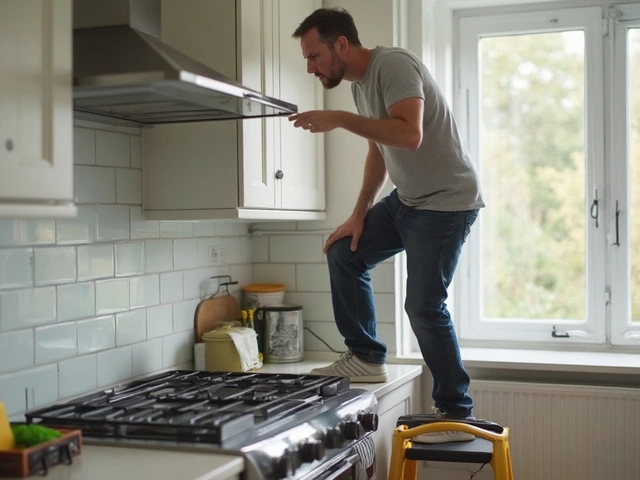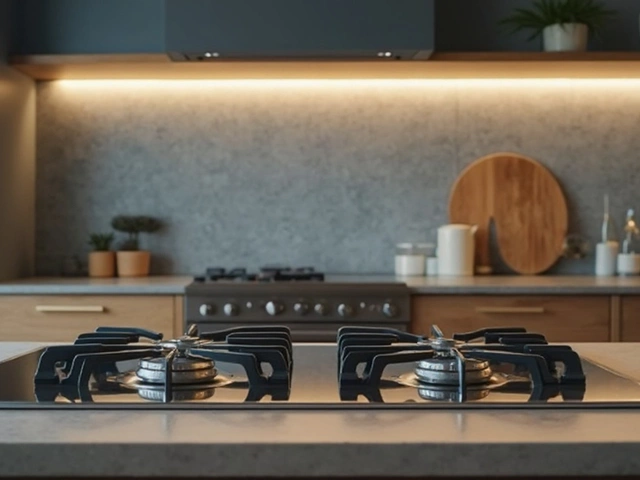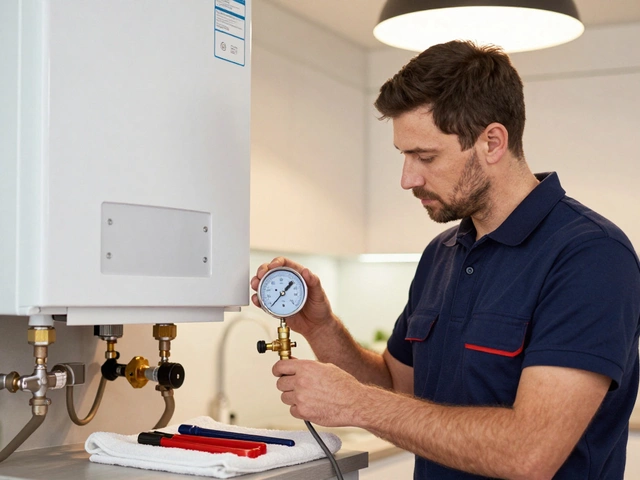Motor Replacement – What You Need to Know for Home Appliances
If your washing machine won’t spin, your extractor fan hums then dies, or your fridge compressor clicks loudly, the motor is probably the culprit. A failing motor can turn a perfectly good appliance into a noisy, inefficient eyesore. Knowing when and how to replace it saves time, money, and a lot of frustration.
How to Spot a Bad Motor
First sign: the appliance makes strange noises – grinding, squealing, or a sudden halt. Second sign: it stops working altogether while other parts (like the heating element) still function. Third sign: you notice a burning smell or excess heat near the motor housing. If you’ve seen any of these, it’s time to inspect the motor.
Most motors are hidden behind panels, but you can usually access them with a screwdriver. Look for broken wires, loose connections, or obvious wear on the shaft. A quick visual check often tells you whether the motor is simply loose or truly dead.
DIY vs Professional Motor Replacement
Feeling handy? Replacing a motor yourself can be a satisfying project if you have basic tools and follow safety steps. Turn off the power, disconnect the appliance, label all wires, and keep the original motor’s mounting bolts as a reference. Many online guides walk you through the process, and the cost of a new motor plus a few screws is often under £100.
But remember: not all motors are equal. Some require expert calibration, special seals, or programming that only a qualified technician can handle. If the motor is part of a sealed system (like a refrigerator compressor) or if you’re unsure about the wiring, calling a pro is the safest bet. A professional service like Rugby Appliance Repair Services can source the correct part fast and guarantee the work, often within the same day.
Cost is another factor. DIY saves on labor, but a wrong part or a re‑do can end up costing more. A reputable repair service usually provides a clear quote – motor price plus a fixed labour fee – so you know exactly what you’re paying.
When you choose a repair company, ask about warranties. A good motor replacement comes with at least a 12‑month guarantee on both parts and labour. This protects you from a repeat failure and shows the company stands behind its work.
Finally, keep your appliance maintained to prolong motor life. Clean lint filters, remove debris from fan blades, and run regular checks for loose bolts. A well‑maintained motor can last years, reducing the need for frequent replacements.
In short, listen to the sounds, look for obvious damage, and weigh the DIY effort against the safety and warranty benefits of a professional. Whether you decide to roll up your sleeves or call in Rugby Appliance Repair Services, you’ll have the right info to get your motor humming again without hassle.







